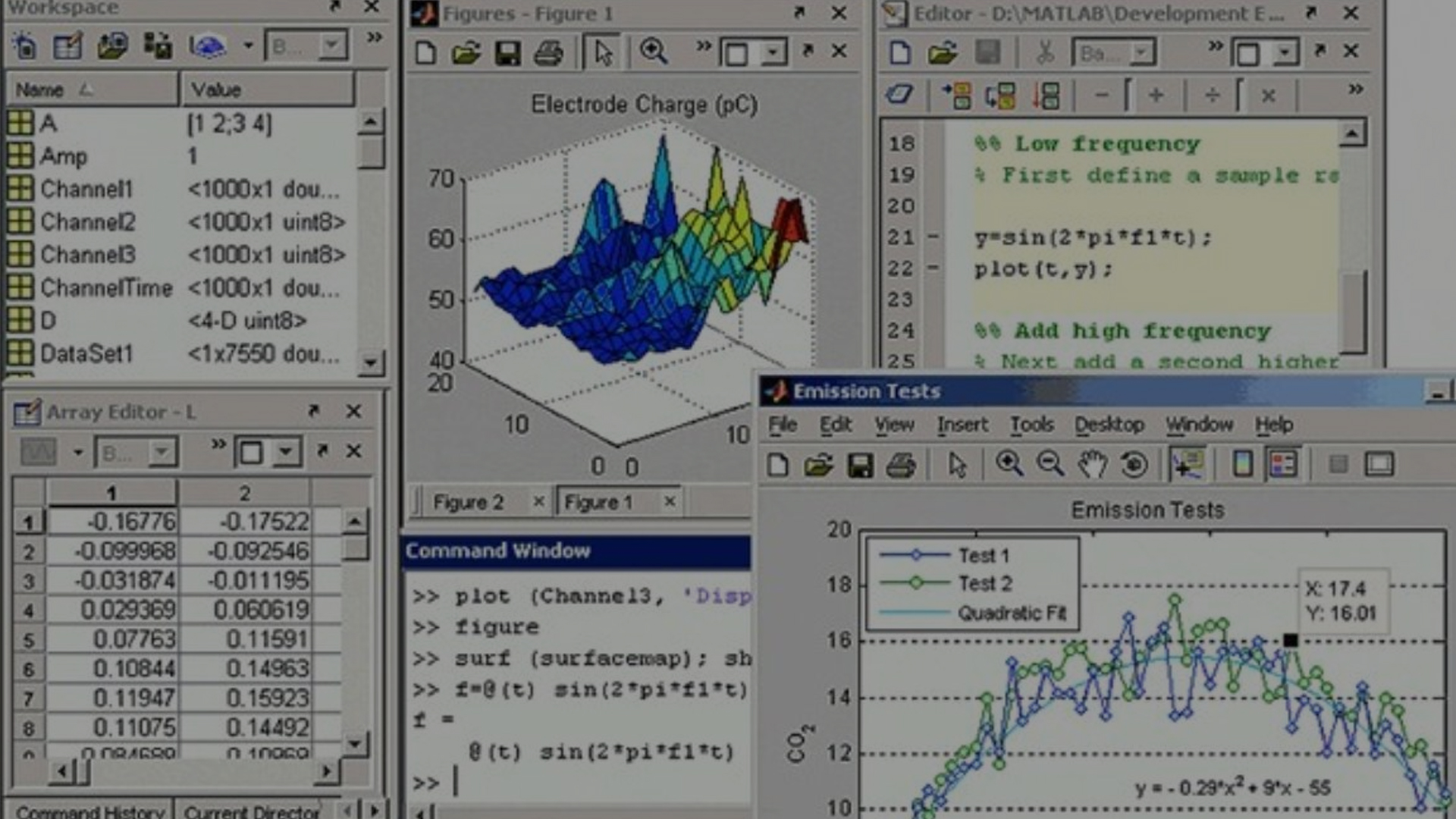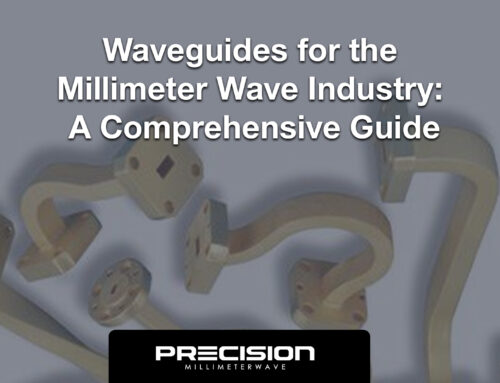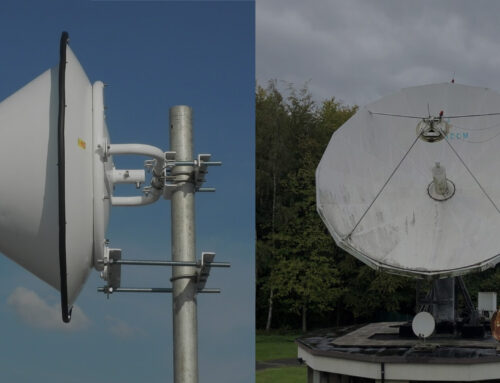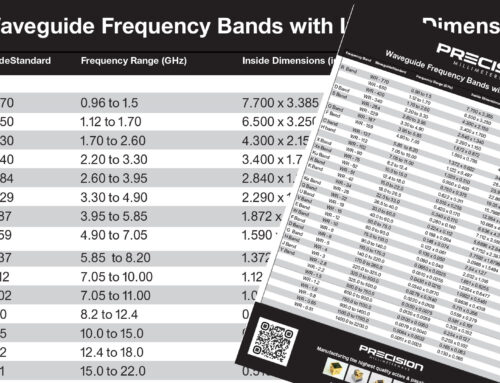Modeling Cassegrain Reflector Antennas in MATLAB
 MATLAB (short for “matrix laboratory”) is a high-level programming language and development environment used in scientific computing and numerical analysis. It was developed by MathWorks in 1984. MATLAB allows users to perform a wide range of tasks such as matrix operations, data analysis, visualization, and algorithm development. It provides an extensive set of built-in functions and toolboxes for various applications, such as signal processing, image processing, control systems, and communications. MATLAB also supports the creation of graphical user interfaces (GUIs) and the integration of external programming languages and tools. MATLAB is widely used in many fields of engineering, science, finance, and economics, as well as in academic research and education.
MATLAB (short for “matrix laboratory”) is a high-level programming language and development environment used in scientific computing and numerical analysis. It was developed by MathWorks in 1984. MATLAB allows users to perform a wide range of tasks such as matrix operations, data analysis, visualization, and algorithm development. It provides an extensive set of built-in functions and toolboxes for various applications, such as signal processing, image processing, control systems, and communications. MATLAB also supports the creation of graphical user interfaces (GUIs) and the integration of external programming languages and tools. MATLAB is widely used in many fields of engineering, science, finance, and economics, as well as in academic research and education.
Here is a basic example of how to model a Cassegrain reflector antenna in MATLAB:
Define the required parameters:
Start by defining the required parameters for the Cassegrain antenna, such as the diameter of the primary reflector, the distance between the primary and secondary reflectors, and the focal length of the secondary reflector.
Calculate the dimensions of the reflectors:
Use the defined parameters to calculate the dimensions of the primary and secondary reflectors. The primary reflector should be a concave parabolic shape, while the secondary reflector should be a convex hyperbolic shape.
Create the reflector surfaces:
Use the calculated dimensions to create the reflector surfaces using the ‘surf’ function in MATLAB.
Calculate the feed position:
Calculate the position of the feed horn based on the dimensions of the reflectors.
Calculate the antenna pattern:
Use MATLAB’s Antenna Toolbox to calculate the radiation pattern of the Cassegrain antenna. The pattern can be calculated using the ‘pattern’ function.
Visualize the results:
Visualize the results by plotting the reflector surfaces and the radiation pattern.
% Define parameters
diameter_primary = 1.2; % meters
distance_reflectors = 0.2; % meters
focal_length_secondary = 0.4; % meters
% Calculate dimensions of reflectors
radius_primary = diameter_primary/2;
depth_primary = radius_primary^2/(4*focal_length_secondary);
depth_secondary = (depth_primary*focal_length_secondary)/(depth_primary+focal_length_secondary);
radius_secondary = depth_secondary*(1+(distance_reflectors/focal_length_secondary));
% Create reflector surfaces
[X,Y] = meshgrid(-radius_primary:0.01:radius_primary);
Z_primary = -sqrt(radius_primary^2-X.^2-Y.^2)+depth_primary;
Z_secondary = sqrt(radius_secondary^2-(X+distance_reflectors).^2-Y.^2)-depth_secondary;
% Calculate feed position
feed_position = [0 0 depth_primary+depth_secondary];
% Calculate antenna pattern
cassegrain = reflectorCassegrain('PrimaryRadius',radius_primary,'PrimaryDepth',depth_primary,...
'SecondaryRadius',radius_secondary,'SecondaryDepth',depth_secondary,'FeedPosition',feed_position);
p = pattern(cassegrain,8e9,-180:180,0,'Type','efield','CoordinateSystem','rectangular');
% Visualize results
figure
subplot(1,2,1)
surf(X,Y,Z_primary,'EdgeColor','none')
hold on
surf(X+distance_reflectors,Y,Z_secondary,’EdgeColor’,’none’)
scatter3(feed_position(1),feed_position(2),feed_position(3),’r’)
axis equal
title(‘Reflector Surfaces’)
subplot(1,2,2)
polarplot(-180:180,db(p))
title(‘Antenna Pattern’)
Note on Modeling Cassegrain Reflector Antennas in MATLAB
This is just a basic example, and more complex models with additional parameters and features can be developed depending on the specific application.
Precision mmWave can help you with your cassegrain antenna needs. We manufacture various antennas along with the components and even sub-systems. We’re here to help, reach out to our engineering staff for more.
Other RF News, Information & Resources
About Precision Millimeter Wave
We are a growing microwave & millimeter wave manufacturing & engineering company of parts, sub-assemblies and more for both passive & active based components.
Contact us for your needs.












